I’m an unabashed bird lover and watcher. So are many of you. Birds have aesthetic appeal and they’re captivating. They provide a connection to nature. They take us outside ourselves and our preoccupations. Some believe they provide a connection to God.
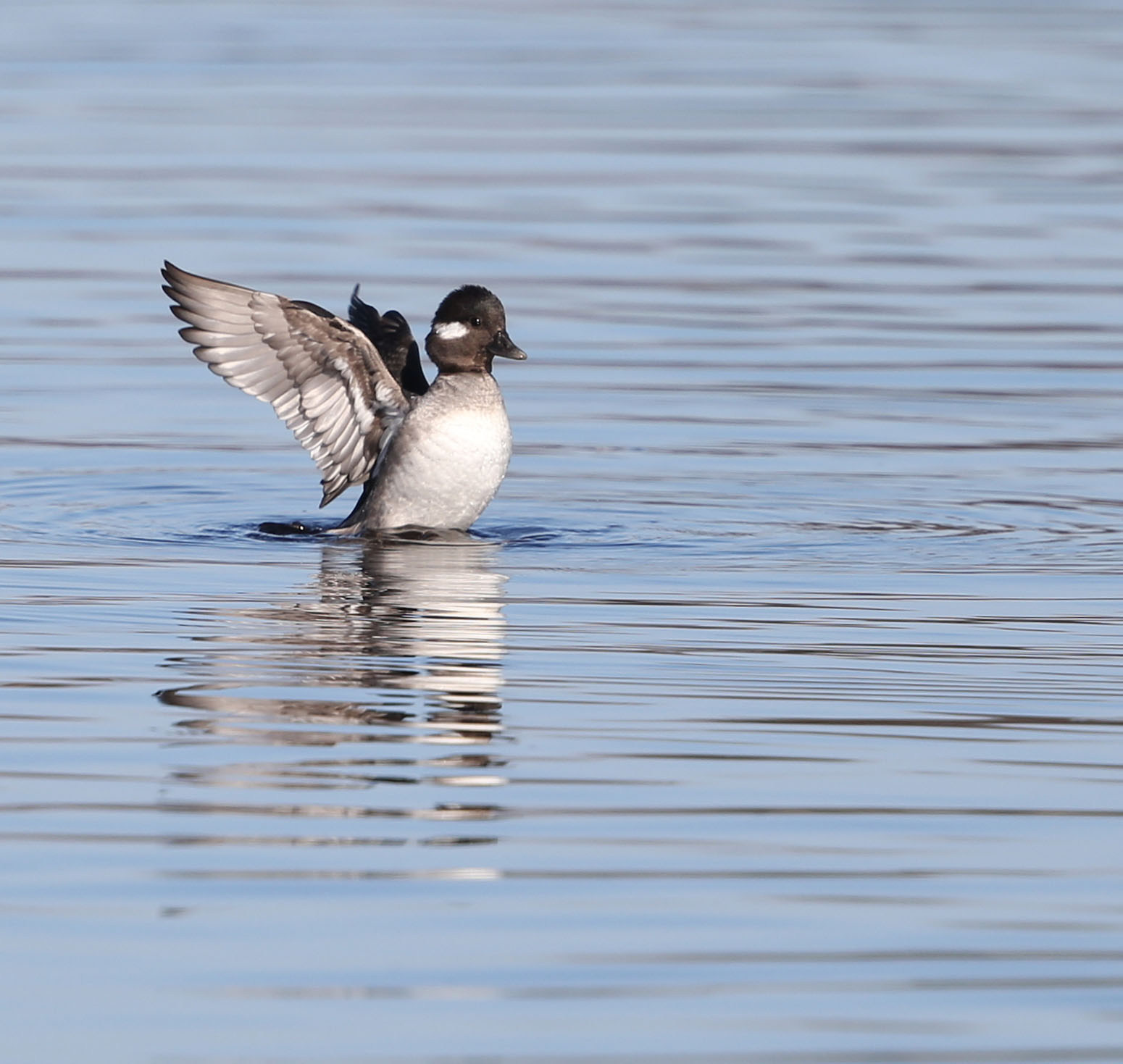
A Local Jaunt–Sketch #1
A week ago I arose early and left a note for my wife. I wrote that I was leaving to chase a Crested Caracara in Bull Run. I was joking. Crested Caracaras do show up in Virginia, but there were no reports of any. Furthermore, I almost never chase. I was really leaving to look for House Finches in South Norfolk. I wanted to find a flock in hopes that I’d find a few Purple Finches (irregular winter visitors here) mixed in. I had no luck, but I did come across another crested and boldly patterned bird: a Pileated Woodpecker. It was a little tamer than usual.

Then, I found a bird with seldom-seen double crests: a Double-crested Cormorant. It was taking advantage of the “ground effect.”
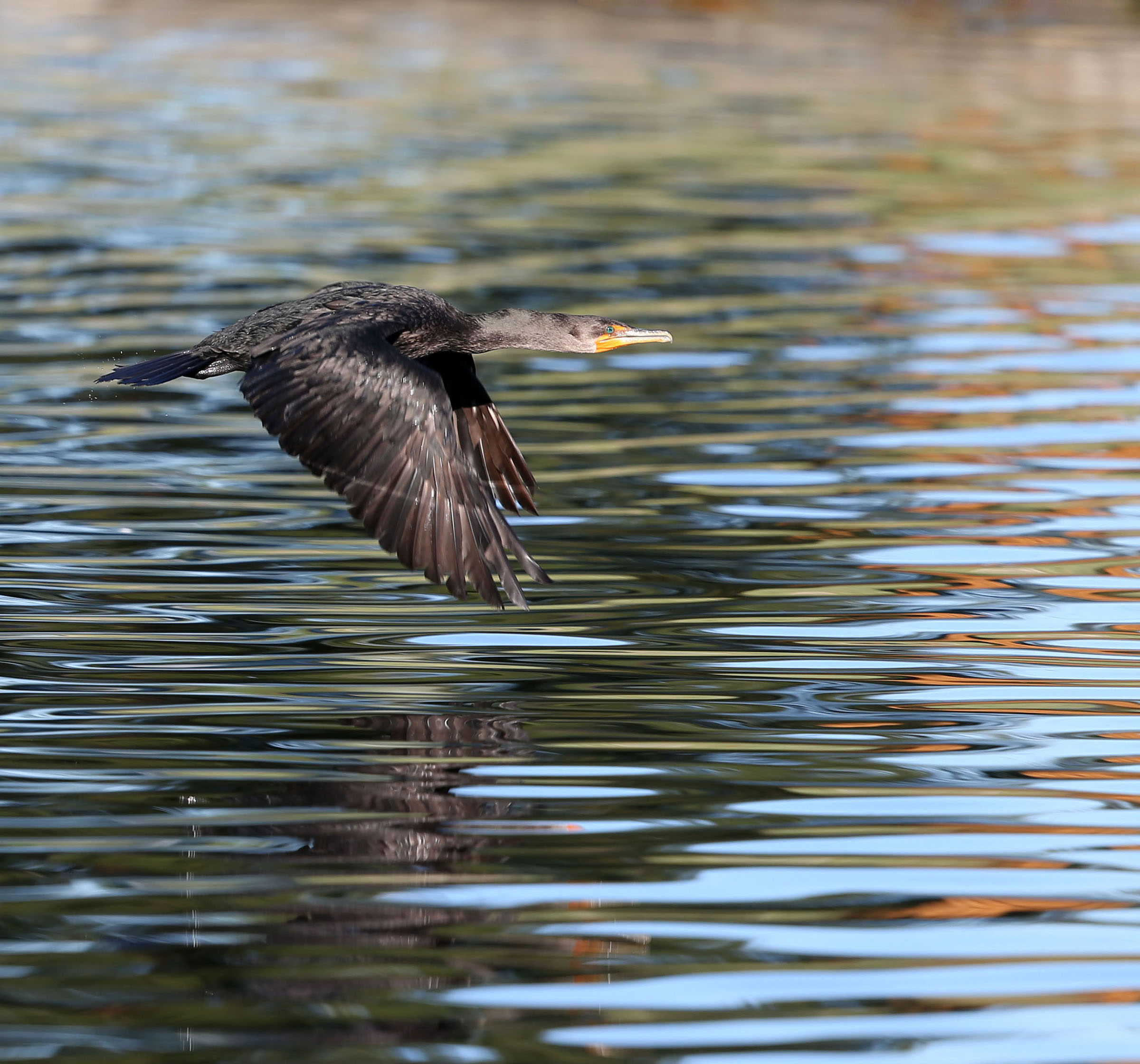
Lastly, I discovered a bird with no crest at all (but with lots of charm), a Palm Warbler. As is its habit, it was foraging close to the ground. And in a heavily industrialized area, no less.
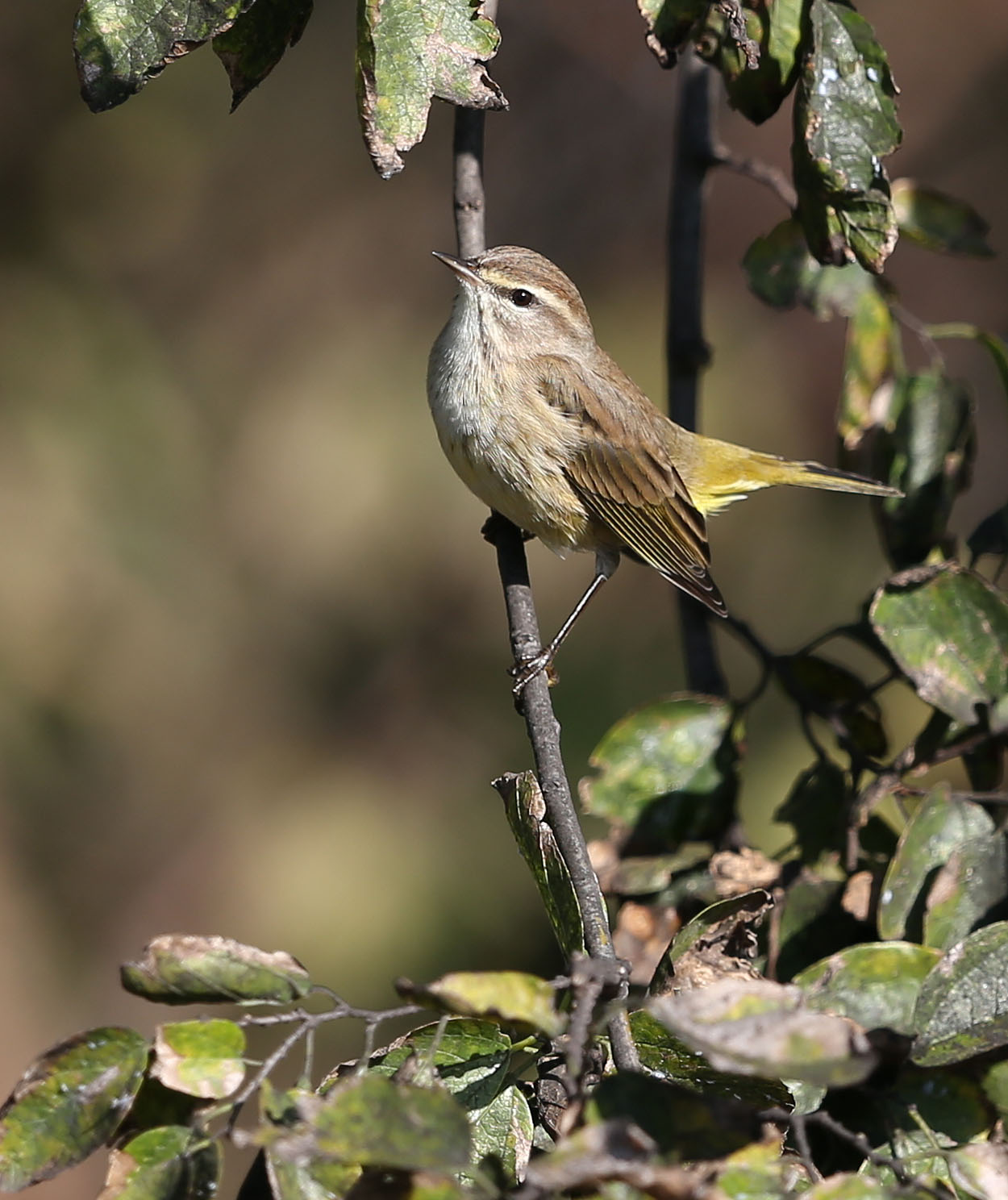
I always find good numbers of birds near home—and good numbers of photo opportunities, too.
A Life Bird Appears–Sketch #2
A Couch’s Kingbird showed up a few days ago at Chincoteague NWR in Virginia. Another flycatcher, a supposed Tropical Kingbird, showed up a few miles north of there in Maryland. Chincoteague is 110 miles away. Maryland is even further. Was I tempted to make the trips? No. And it’s a good thing. At about the same time I heard the news about the Couch’s and the Tropical, a male Purple Finch showed up in our backyard. It was a life bird.

A female (or immature) “PUFI” followed.
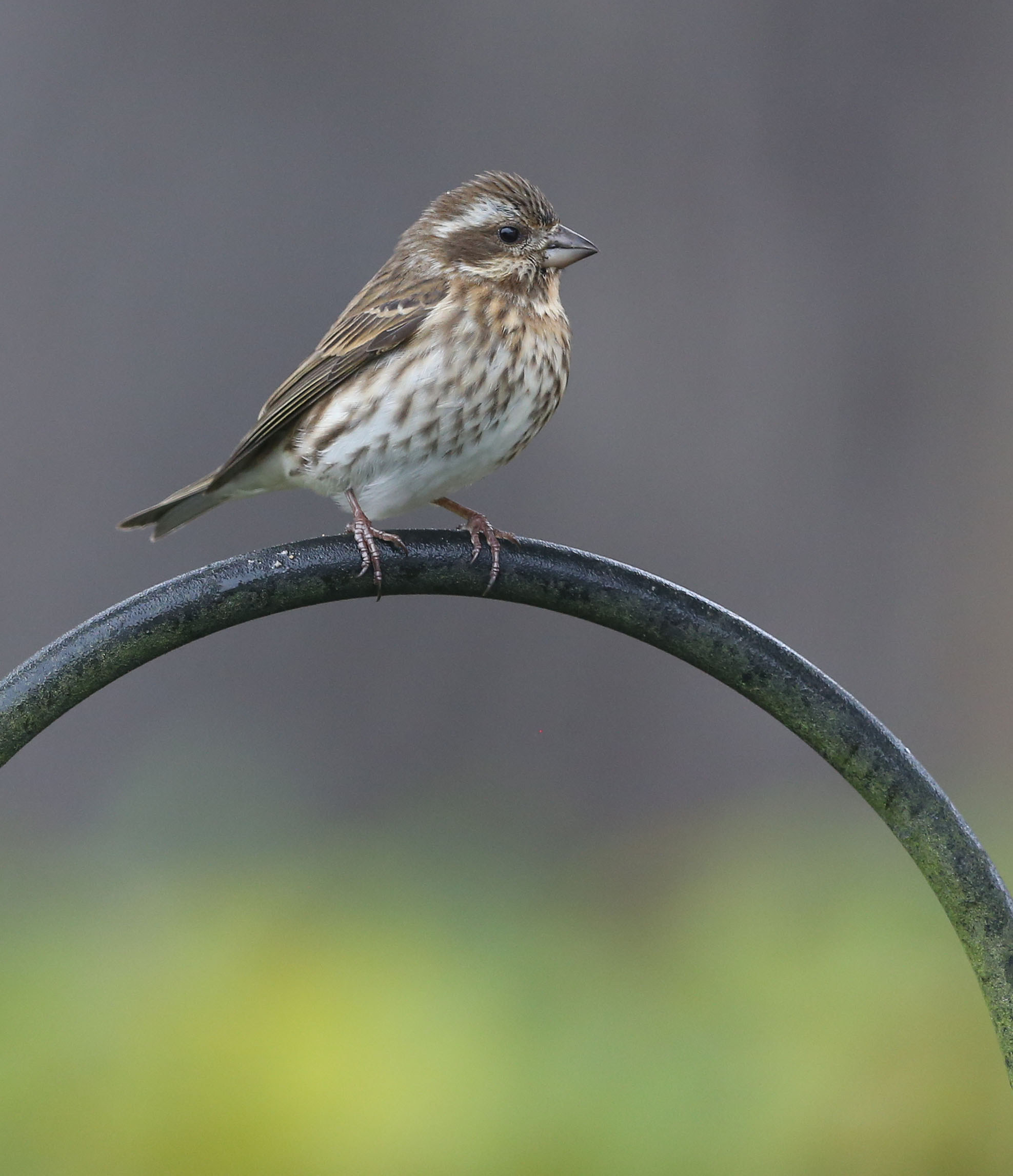
Both were mixed in with a small flock of House Finches.
Interestingly, when I first saw the male as it landed on one of our feeding stations, it, too, had a crest, which male House Finches with their flatter heads don’t have. I’m happy I stayed put. And I’m pleased I was able to photograph both birds.
Staying Close to Home
There’s a lot to be said for staying close to home, getting to know your surroundings, and becoming familiar with the local avifauna (see “Recent Encounters”). This is one of the reasons I’ve made such a big deal about adopting a patch and visiting it often. Birder and bird photographer David Lindo makes that same point (about staying close to home) in his piece, “Bird Watching on Your Local Patch.” Even folks who are more interested in photographing landscapes than birds, like Danish photographer Mads Peter Iversen, recognize the value of limiting travel and staying local. Please take a look at his article about shooting landscapes and nature close to home. He makes a compelling case. Make sure you watch his video.
City Parks
This is a good time to once again plug local city parks, (which make great patches!). Though they’re underrated or even dismissed as places to bird and/or photograph wildlife, parks—especially along riverbanks or that contain ponds or lakes—almost always host good numbers of birds and provide abundant photo opportunities. Every photo in the last 2 blogs, “Fieldcraft and Light” and “Stalking a Great Blue,” was taken in a park. Most of the photos in my other blogs were taken in a park.
A Few More Photos
Here are a few more photos to add to that mix and that bolster this blogger’s case. They, too, were taken in local city parks. Furthermore, they were taken without my having to be still, stalk, or use a hide!
First is our old friend, the immature Great Blue Heron. It’d just finished its first can of Coke. It looks as if the bird is slowly acquiring its white crown (note the white crown on the adult in the header image at top).
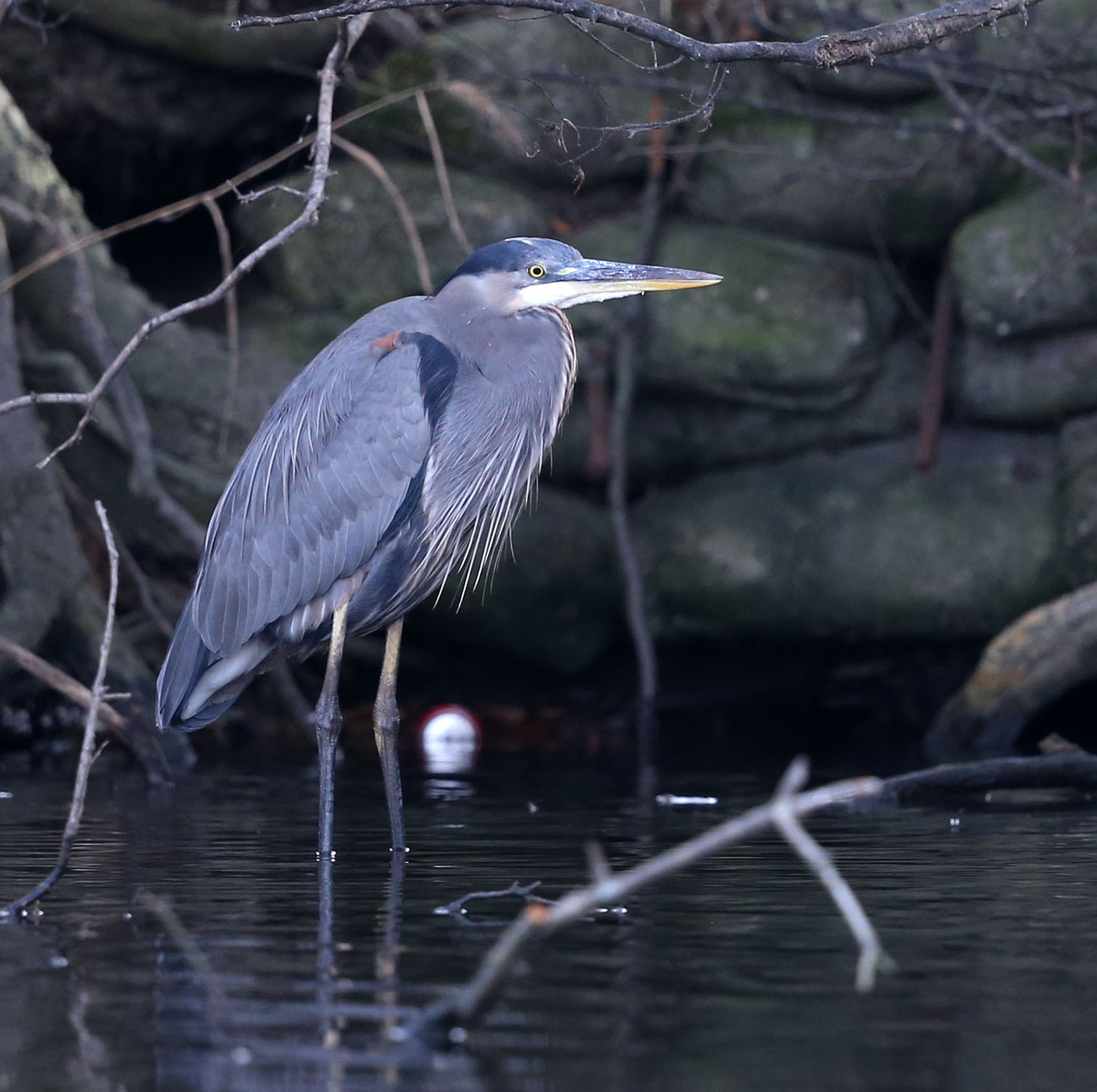
Next is an adult male Osprey. Most depart the mid-Atlantic in the fall. But a few winter over.

Last is a pair of nonbreeding/immature European Starlings. Handsome birds, albeit unpopular.
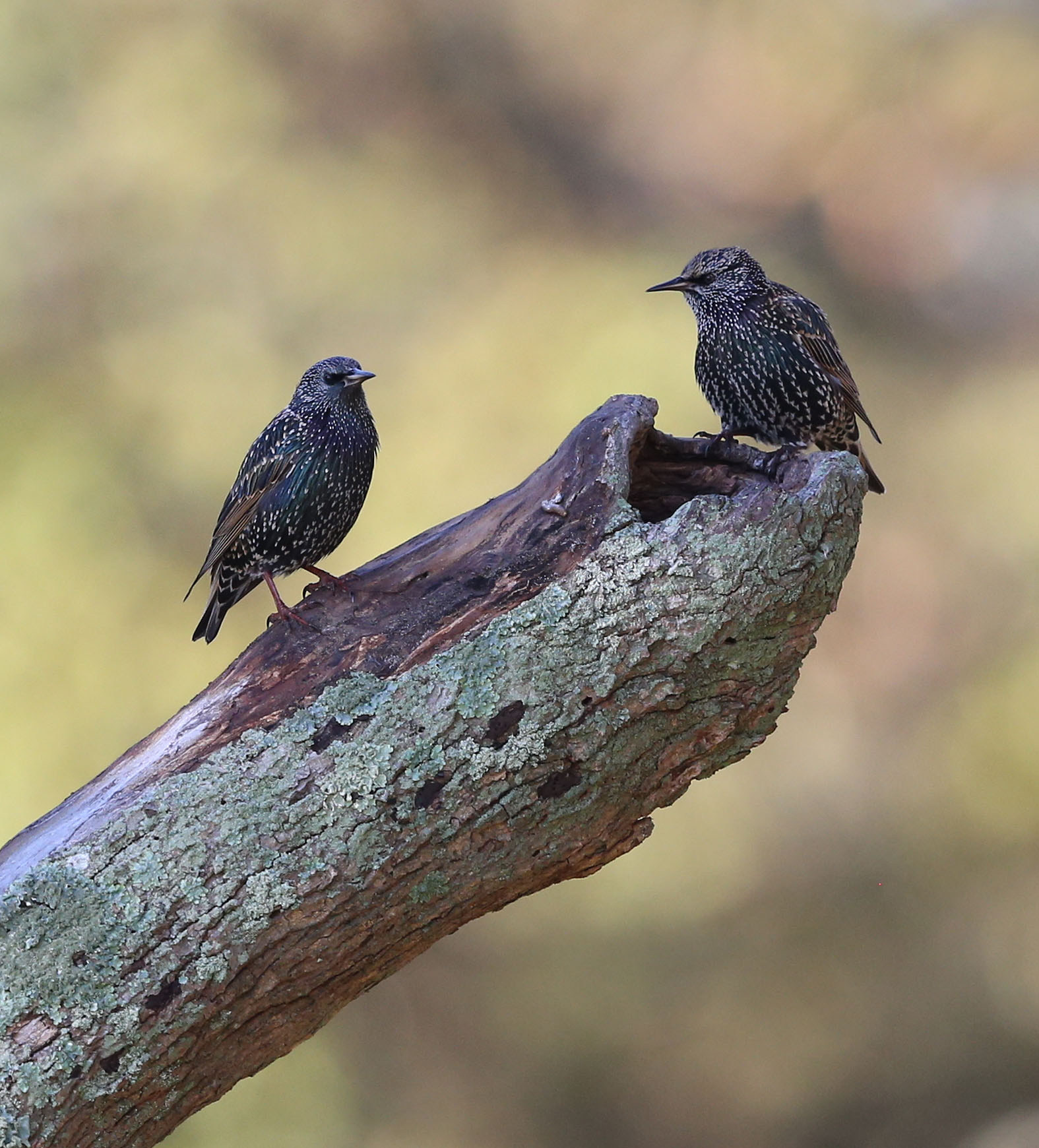
Choosing to bird and to photograph birds close to home really does pay off. And as Iversen notes in his Fstoppers article, it’s easier, it’s cheaper, and it takes less of a toll on Planet Earth.
And This Just In
I love the starling photo. It’s a photo that works (background, color scheme, the poses, the story). For this photographer, anyway, all birds are of interest, and all are fair game.
The parks I referenced above were either Paradise Creek Nature Park in Portsmouth, VA or Lakeside Park in Chesapeake, VA. Both are great places to visit (and shoot!).
I mentioned the organization, Girls Who Click, in my last blog. Girls Who Click offers teen girls the opportunity to learn about photography and its use as a conservation tool. Alice Sun, a staff member and their blog writer, has written a great piece about bird photography that you’re sure to enjoy.
Quip, Question, Quote(s)
“The most positive thing about your neighborhood wildlife is that it’s accessible at any time. As the seasons and days change, you can get outside and work with familiar animals. Frequent visits are a good thing. With careful observation, you’ll know where the wildlife can be seen, where birds might nest in the spring or roost in the evening. You might discover local fox den or where the egrets go fishing every morning. This knowledge is half the key to good shots.” (emphasis mine) From “In the Neighborhood,” by professional nature photographer, Don Mammoser. Make sure you download the PDF.
It’s always such a pleasure to come here, to learn and be inspired by your photographs.
Dave, thank you for this inspiration!!!
LikeLike
Kaya, I so appreciate your comment and kind words.
LikeLike
The Buffleheads are my favorite! Love it when they show up! Today I saw 2 pair of Common Mergansers on the Lafayette! I haven’t seen them in years!
LikeLike
Thanks for commenting. Buffleheads are great birds, I agree, and fun to watch. Did you see Common or Red-breasted? Red-breasted would be a lot more likely there. Would love to know. Do you use eBird?
LikeLike
Great article David.! I also enjoy birding at home and in my neighborhood. I have a feeding station with water and I get the best birds and there is always lots of action. I can’t wait to wake up each day and look out the window.
LikeLike
Thanks, Dianne. What would we do without those little fellow travelers?
LikeLike
Hi Dave,
Great photos and message on local birding. Certainly have been doing a lot of that myself this pandemic year. As a result have quite a few Fall Migration photos, so will be some work to whittle them down for what to submit for PA Birds (thanks for your editing work).
Tom Kuehl
Westmoreland County Compiler for PA Birds
LikeLike
Tom, Thanks so much, and good to hear from you. And good luck with that stack of photos!
LikeLike
All such wonderful photos. The Double-crested Cormorant is really a splendid photograph.
LikeLike
Thanks so much, Geri, and thanks for following the blog. Yes, that cormorant shot is one of my favorites.
LikeLiked by 1 person
You must have been so thrilled to see that purple finch and double bonus to get such a lovely photo of it, Dave. I’m a big fan of my local parks and return frequently and there is always something new to see as well as old friends. Thank you too for the links. Eventually something will sink in. 🙂
LikeLike
Yes, it was thrilling. A bird I’d wanted to see for years. I’m glad the links are helping. I spend quite a bit of time looking for ones that will.
LikeLiked by 1 person
It did, although I remain a recalcitrant. 🙂 I particularly liked the comment from the first gentleman that spending time photographing the local area is also better for the planet than a constant hurdy gurdy of foreign experiences.
LikeLike
‘Constant hurdy gurdy.’ I like that! Yes, better for the planet. And there’s so much to uncover/discover close to home.
LikeLiked by 1 person
I generally walk my local area and it’s true you get a lot of satisfaction from knowing your local wildlife and seeing how it changes over the years. I’m sure I still haven’t seen half of the birds that gather in the trees and shrubs nearby but I have also seen birds I never thought I would see, like a kingfisher and a heron.
LikeLiked by 1 person
Reblogged this on https://randomrepeat.com/.
LikeLiked by 1 person